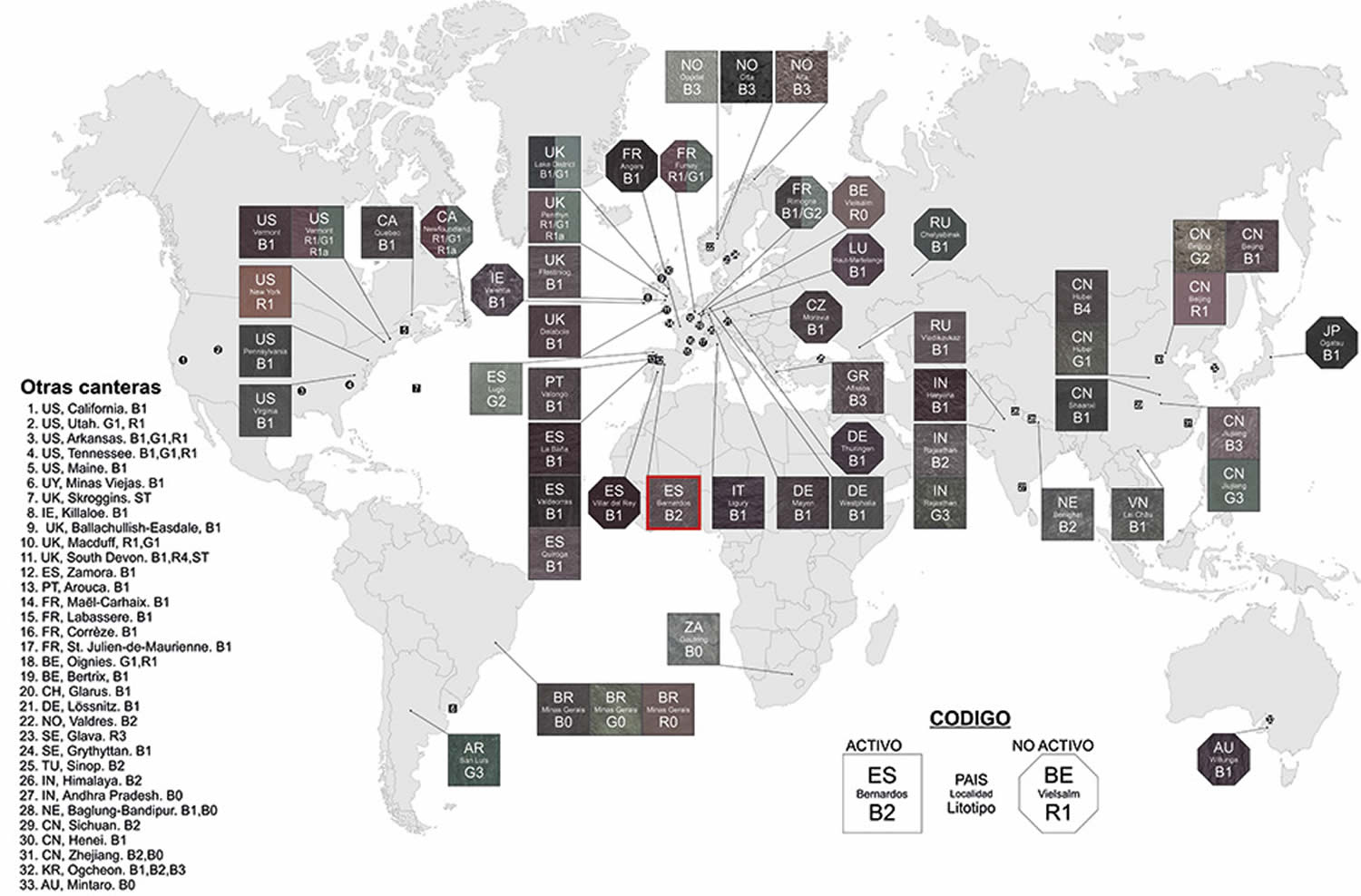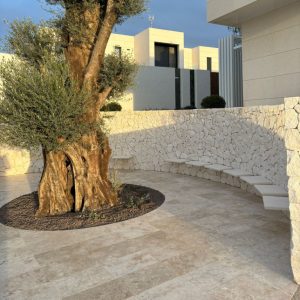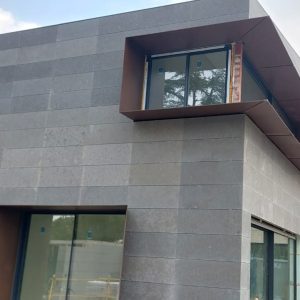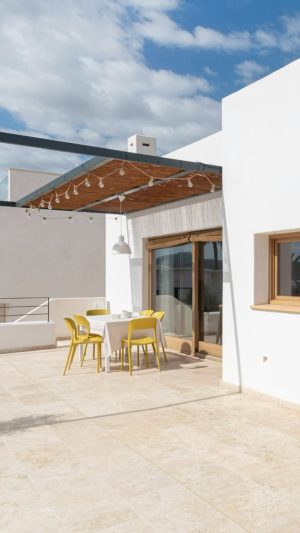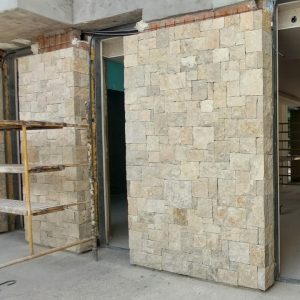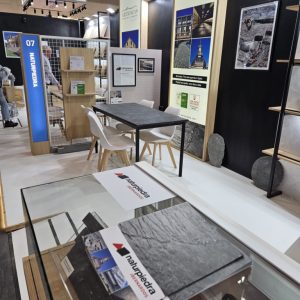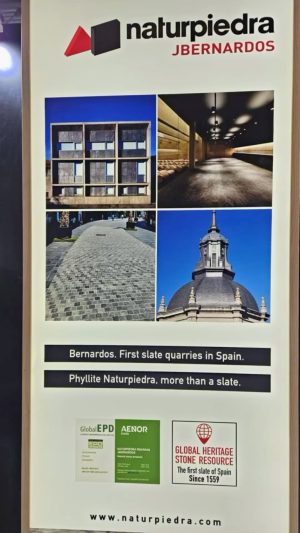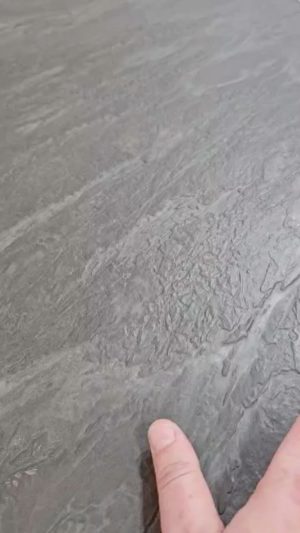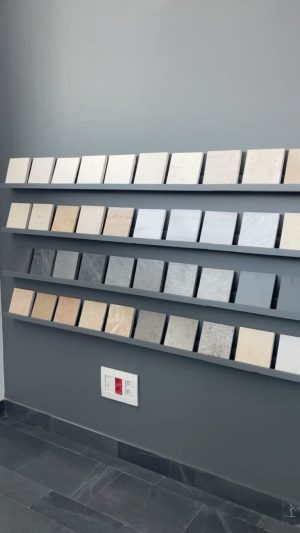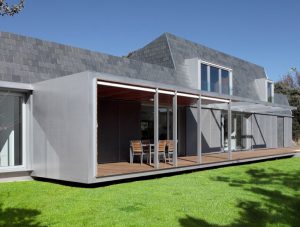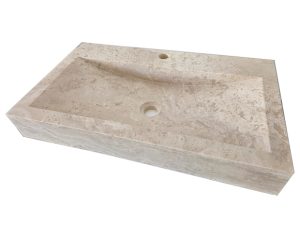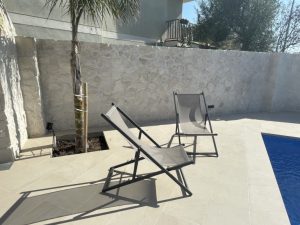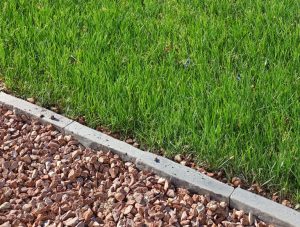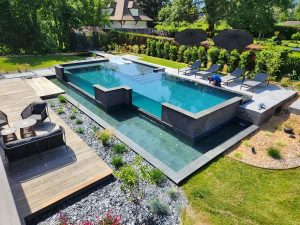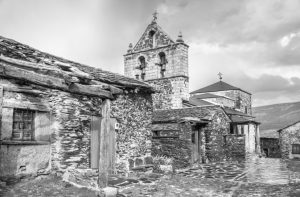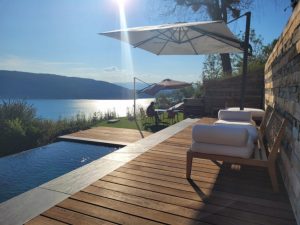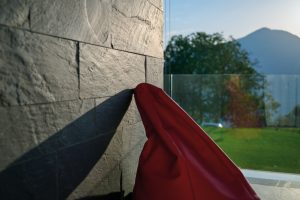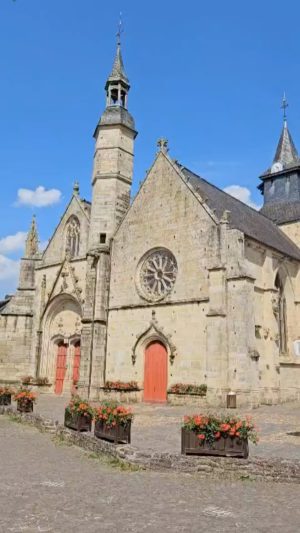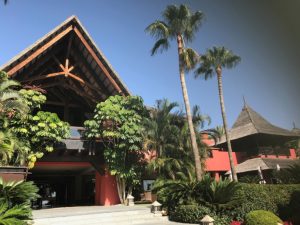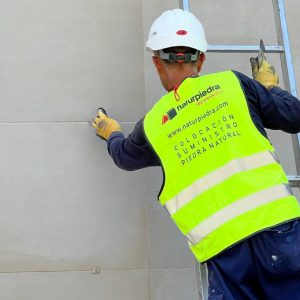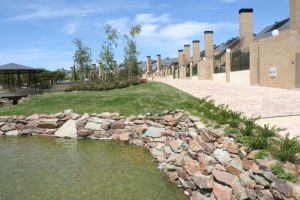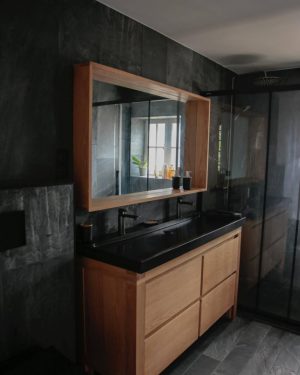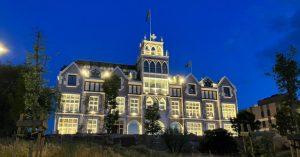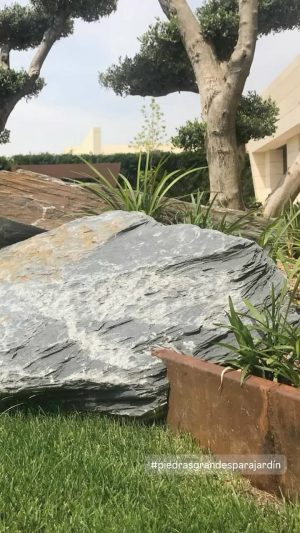Technical Data > Technical data Bernardos phyllite > Geological setting
The geological setting of the slate quarries of Bernardos is located in the strata of the rock formation of Santa María, which belongs to the socalled Schist-Graywacke complex, mapped out below in the Spanish Geological Map with a scale of 1:50,000 (from the Instituto Geológico y Minero de España (IGME) − Spanish Institute of Geology and Mining). These strata are a succession of greyish-green sandy slate, frequently interspersed with sandstone and quartzite − from the lower Infracambrian age. which supposes an antiquity of more than 550 million years in,under the microscope, they display differences in granulometry as well as in their content of quartz and detritic plagioclase, and, depending on the level of microclast predominance, the rocks can be classified as phyllite, plagioclase quartz phyllite, meta-greywacke or meta-psammite (Barros Lorenzo, José Carlos 2013). In general, the slaty cleavage of the material appears with a grade of slope of approximately 20 degrees northward and the schistosity varies due to the dispersion of the S1 axial plane, probably as a result of a previous stage of deformation which affected the Schist-Graywacke complex.
One of the peculiarities of the Bernardos slate lies in the fact that the schistosity plane S1 and the sedimentation plane S0 are occasionally sub-parallel (see Picture II-1), which results in a very pronouncedly veined surface. The material is further magnified through various processes such as polishing, smoothing down with pumice stone or aging by brushing, and thus experts have additional elements to take into account in their architectural design. At the same time, since both planes have relatively very little slope, no cracks from unexpected flexion occur during their intersection (Picture II-1).

In certain areas of some quarries, one can observe carbonate rock along the planes of sedimentation S0, as well as certain deformation phenomena in the shape of a series of small folds (crenulation). This results in a veined effect on the pieces of slate which is much appreciated by the architects in restoration or new projects seeking to recreate this appearance. Petrographic studies of the Bernardos slate show that the material seemingly originates from very fine sediments the size of silt with the composition of argillaceous quartz, which have been subjected to a low or very low degree of regional metamorphism due to tectonic compression, and which can be classified as phyllites (see the petrographic study in the Ap 2.3.1).
At this stage, it is interesting to consider the latest studies carried out, in this context, by Dr Victor Cárdenes Van den Eyde at the University of Gent (Belgium).
According to this researcher, it is important to establish a distinction between the ‘slate for roofing’ and ‘slate strictu sensu’ (slate ‘s.s.’). ‘Roofing slate’ is a commercial phrase which applies to any rock that can be exfoliated into fine and regular slabs to be then used as material to cover roofs. The term ‘roofing slate’ encompasses four main types of rock:
• Low-grade slate.
• Slate s.s.
• Phyllites.
• Mica-schist.
This classification of types of roofing slate is based on three defining characteristics: colour, mineral composition and petrology.
The colour is defined by the proportion of secondary and accessory minerals, and depends on the mineral composition, which in turn is linked to the processes of rock formation. Amongst roofing slates, three main colour families can be distinguished: blackgrey (lythotype B), green (lythotype G) and red-purple (lythotype R). Lythotypes B and G result from compression in the rock formation and generally contain iron sulfides. The black colour in lythotype B is due to a small quantity of organic matter which is absent from lythotype G. By contrast, lythotype R originates from oxidising genetic conditions, and thus contains iron oxides instead of iron sulfides.
The main minerals are mica, quartz, chlorites and feldspar. The secondary and accessory minerales are iron sulfides and carbonates, the presence and quantity of which is a factor to be taken into account when determining the quality of the roofing slate.
The other defining characteristic is the petrology, which offers information on the level of metamorphism affecting the rock. As previously noted, there are four main types of rock used as roofing slate: low-grade slate, slate s.s., phyllites and mica-schist. A stronger metamorphism implies a recrystallisation of the rock, which blocks the porous spaces, limiting water absorption and improving the mechanical behaviour.
Roofing slate is thus classified in 12 lythotypes, each with general characteristics which allow us to infer their main constructive properties (Picture II-2).

An analysis of the table above indicates that phyllite displays a more advanced level of metamorphism than slate s.s. − halfway between a slate and a schist − which means that the micas in the phyllites are slightly larger, so that the foliation planes develop a more sparkly look and they generally have a coarser and more uneven surface (Philpotts, 1989). This results in a veined aspect much appreciated by experts, particularly for buildings in which this type of appearance is very fitting.
Independently from these considerations and for practical reasons, the term “slate” must not be understood as a petrographic term as such but, rather, in its generic meaning.
The map in Picture II-3 − recently published by the University of Gent (Belgium) − shows the more relevant varieties of slate currently existing in the world market, including the Bernardos slate under the petrographic name of “Bernardos phyllite” and with the classification code B2.
